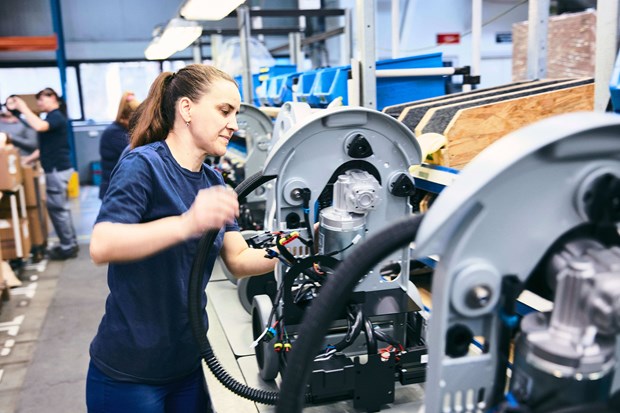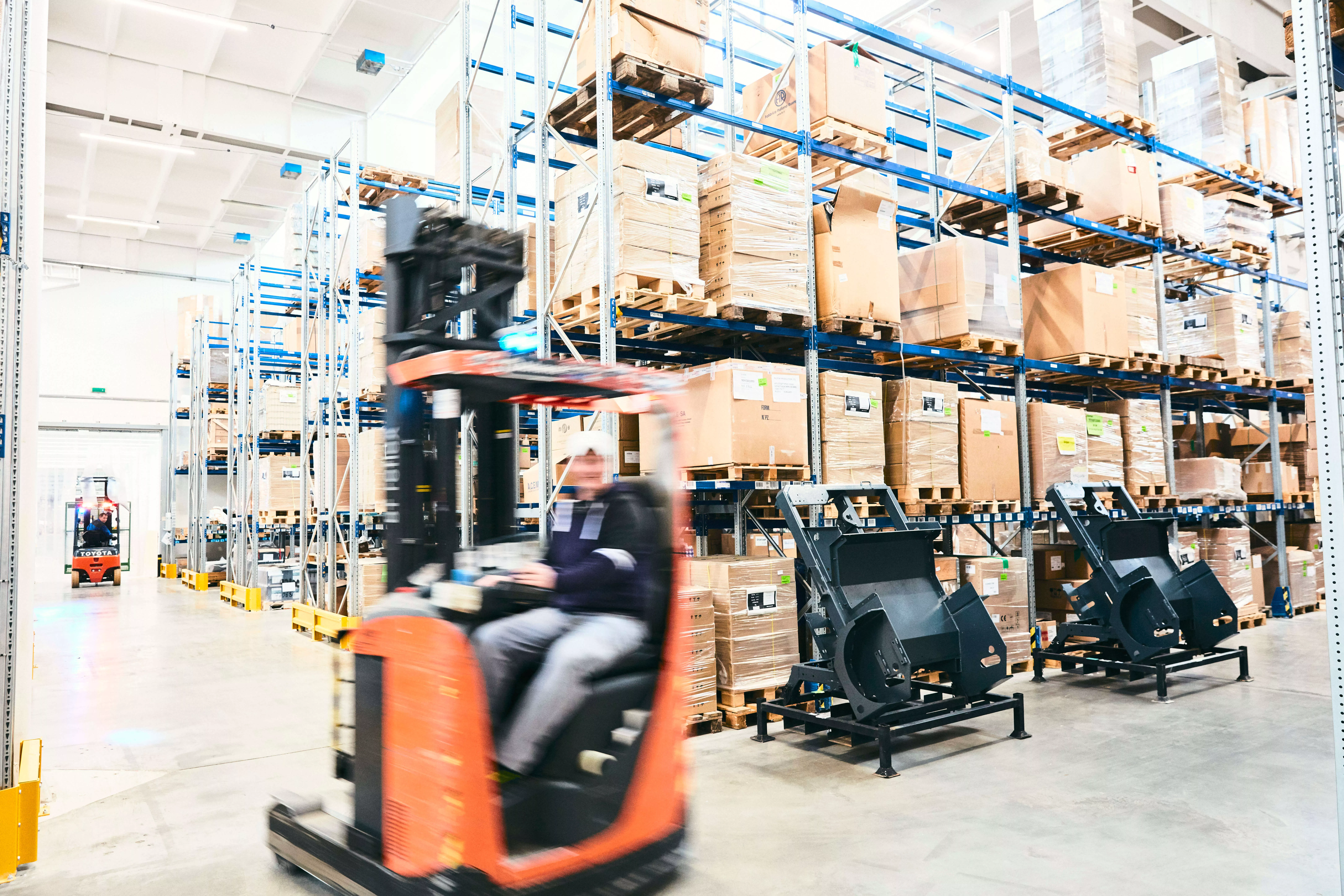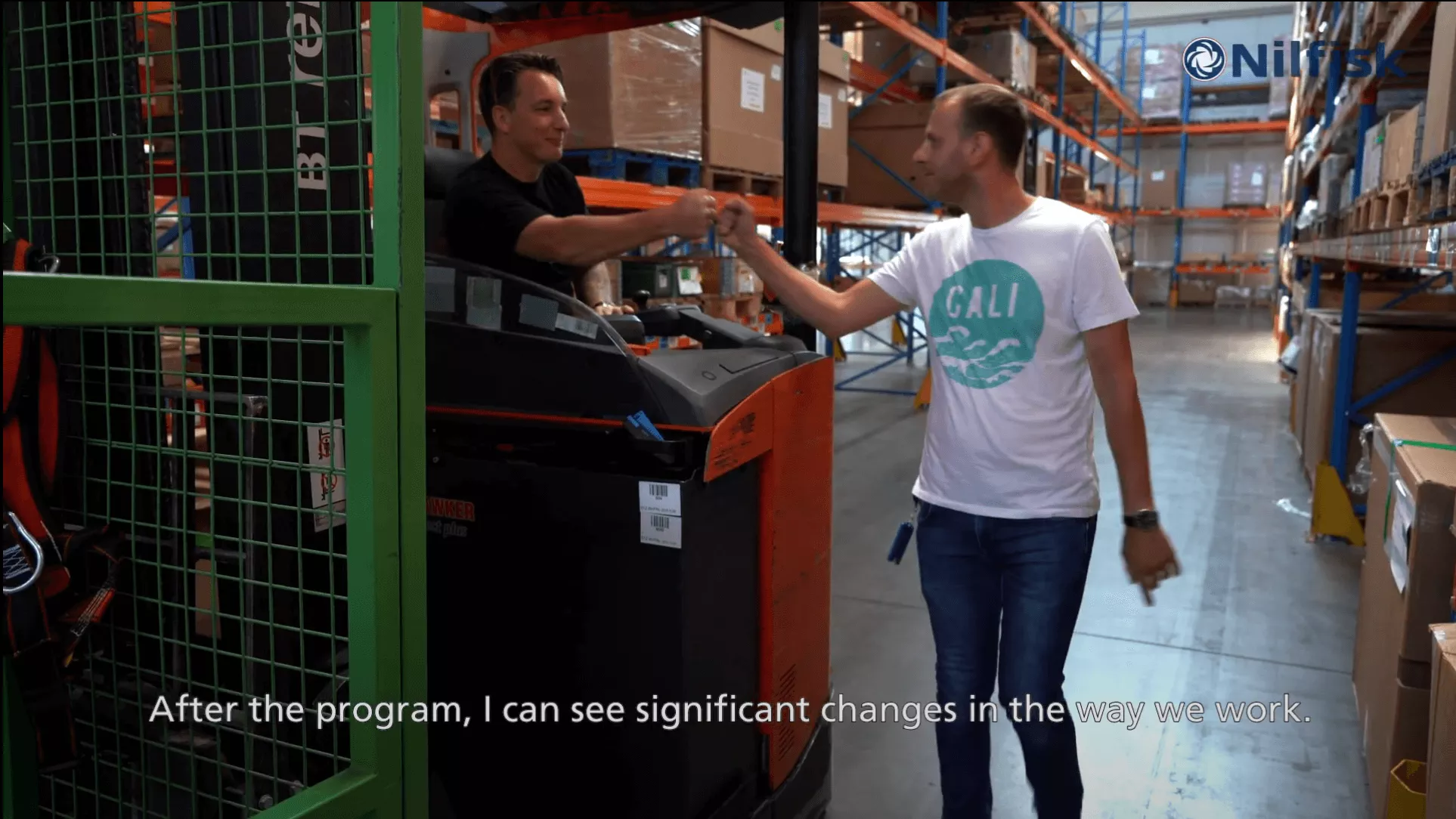Safety first! How Nilfisk increases behavioral safety site by site
At Nilfisk, we have a clear ambition to continuously increase workplace health and safety, reduce the number of incidents and make sure our employees are safe and engaged when working at our sites.
To this end, we recently decided to launch a new and ambitious behavioural safety program at our production sites in Hungary. The program is designed to integrate safety into the everyday working culture and build on the existing efforts at the sites to comply with local requirements as well as Nilfisk’s global safety guidelines.

The local teams working with health and safety wanted to approach the training in a new way, as the typical occupational health and safety training often focus mainly on the physical working conditions. This is important. But equally important, is the behavior of the people working at the sites. Their everyday actions play a key role in preventing incidents and illness.
Since the program started in 2019, there have been substantial positive changes at both sites. Procedures and processes have been improved, but more importantly, health and safety are integrated into the everyday working culture. Employees and managers now have a much more proactive and preventive mindset when it comes to keeping each other safe, which has led to a high level of pride in the organization and, most importantly, fewer incidents.

Five steps to improve behavioral safety
1. Basic compliance as the starting point: The right foundation must be in place, before implementing a behavioral safety program. As such, the site must comply with all local authority regulations as well as meet Nilfisk’s global safety guidelines.
2. Analyze, evaluate and plan: The current behavioral safety at the site is analyzed and evaluated – and based on this the objectives are set and the training is planned in detail.
3. Management commitment: The program is executed, starting with the local health and safety team and followed by local management. The focus in this phase is to identify and communicate best practices for behavioral safety.
4. Employee engagement: All employees are then trained in the overall idea of behavioral safety as well as specific topics, such as emergency responses. Behavioral safety is integrated into the ongoing safety trainings to secure ongoing engagement and onboarding of new employees.
5. Safety as part of the everyday work culture: As the training is completed, practices are implemented in everyday work. The ongoing management communication continues as a key factor for successful outcomes.



